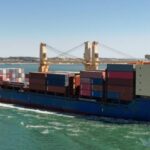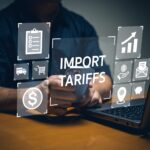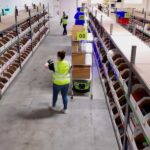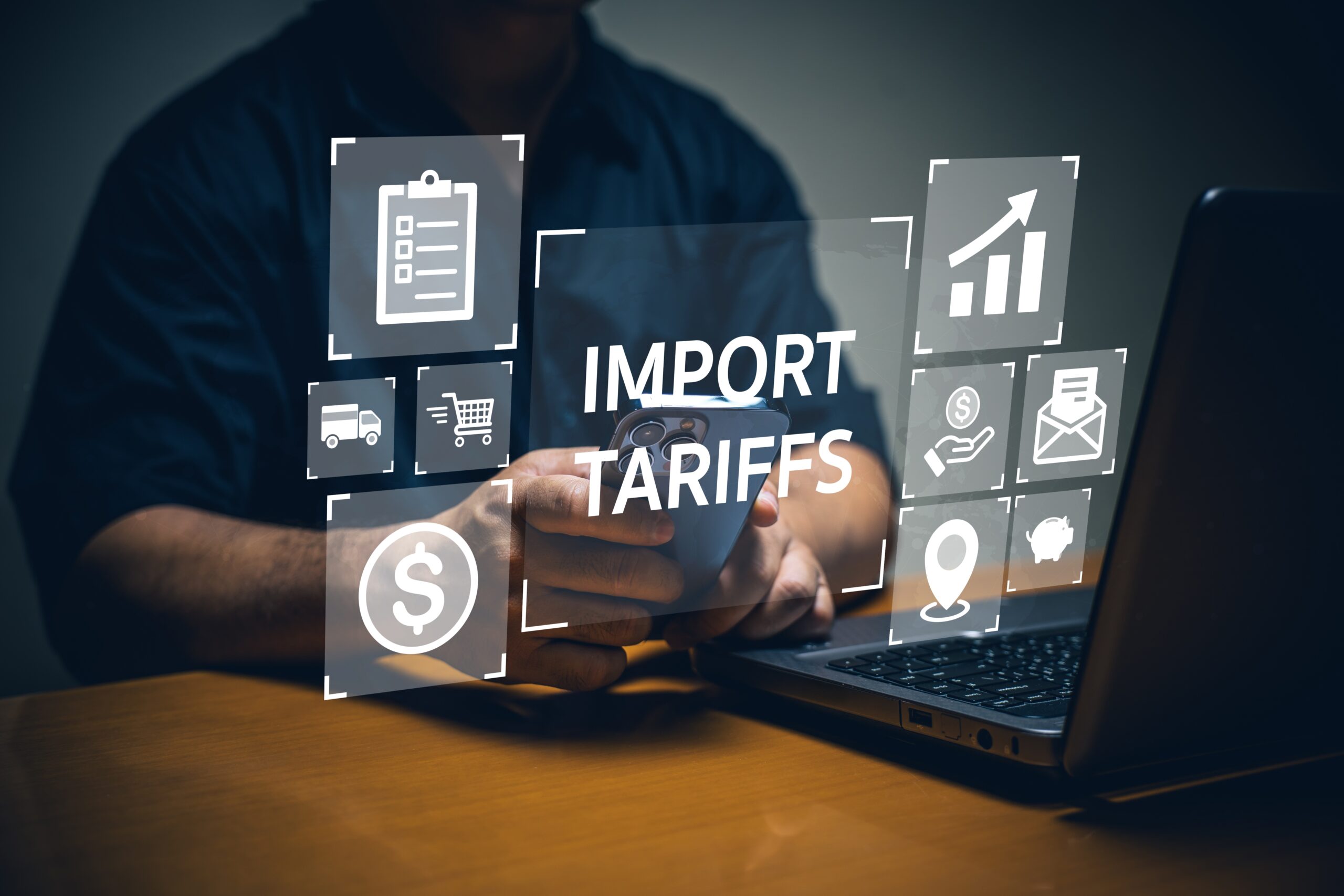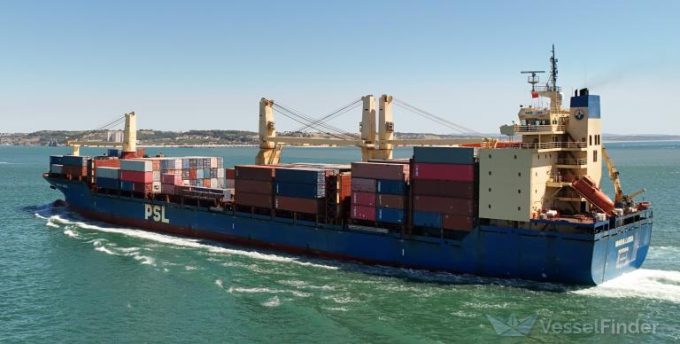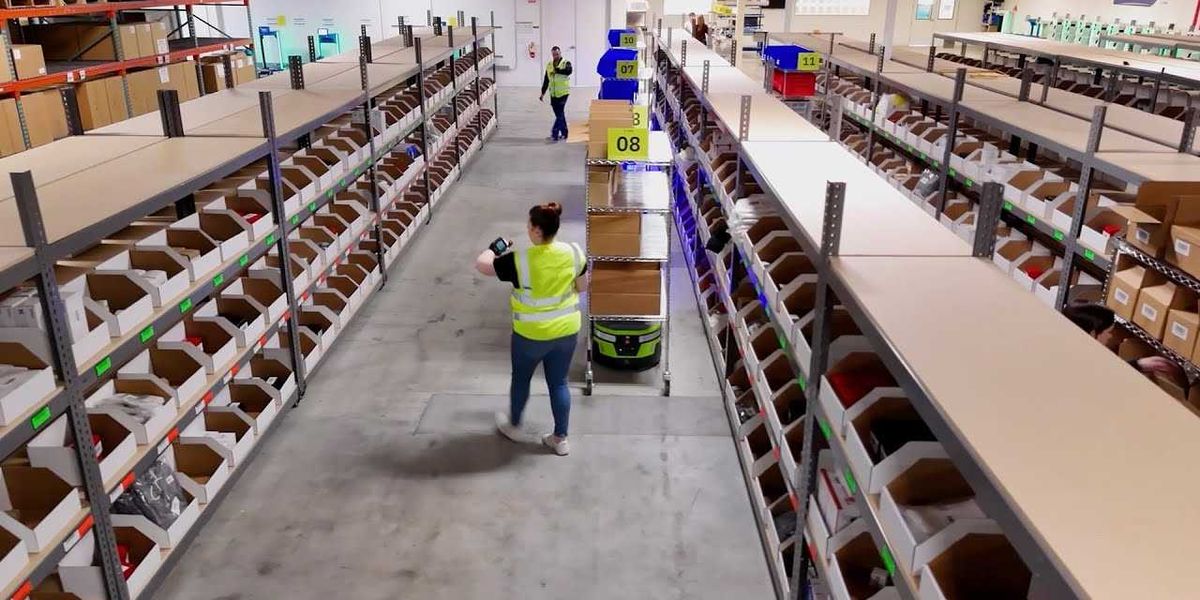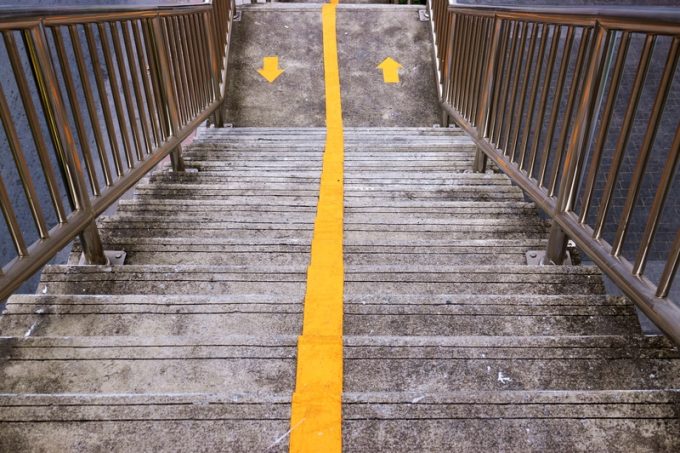A wave of concern about tariffs has prompted American importers to bring in goods next spring months ahead of schedule, with small suppliers stockpiling Chinese-made goods to avoid potential 100% import duties threatened by the Trump administration.
Read also: US port volumes decline as tariff turmoil worsens and supply chains shift offshore
Ahead of last weekend’s breakthrough in Kuala Lumpur – where Sino-US trade talks on the sidelines of the ASEAN summit eased the threat of tariffs – importers rushed to move shipments ahead of the proposed November 1 deadline. The result was an increase in front-loading activity that left warehouses full of strollers, toys and seasonal goods destined for the 2026 spring sales.
“We’re trying to front-load spring orders,” said Leslie Stepa, CEO of Austlen Baby Co., a manufacturer of luxury strollers. “We brought as much as we could.” Stepa said it has ordered approximately 20% to 25% more inventory than last year, with total inventory now 50% higher than before the US-China trade conflict began. She noted that additional carrying costs led to the suspension of hiring plans.
Importers supplying retail giants such as Walmart, Amazon, and Target followed a similar playbook – accepting higher warehousing and financing costs in exchange for avoiding potential tariff shocks. Many are betting that consumer spending will remain steady despite growing caution among low-income families and continuing economic uncertainty.
Front loading has become the new normal
The rush reflects the pattern that defined the trade war era. Companies have repeatedly accelerated imports whenever tariffs have arisen, leading to higher shipping rates and port congestion. “Until there is a clear path forward or a solution, we can expect to see more front-end loading,” said Noel Hasegappa, chief operating officer of the Port of Long Beach. “So far this year it has resulted in a tsunami of merchandise.”
Spring merchandise — from Easter baskets to outdoor gear — typically arrives in the United States at the end of the year, but this year, record incoming quantities arrived months early, Hasegappa added.
Some Chinese suppliers have dealt with the fluctuations in stride. “Whatever happens on November 1 will happen, and if it doesn’t happen, it won’t happen,” said one game maker in southern China. Others, such as Deng Jinling, whose company exports thermos bottles to the United States, reported that operations were normal. “Most of the goods have already been shipped,” she said. “There’s no rush.”
Balancing risk and flexibility
Not all importers chose to move early. Spreetail, a distributor of large-scale goods such as trampolines, chose to wait out the uncertainty. “We are watching to see if the tariffs continue,” said marketing director Owen Carr.
Meanwhile, major toy manufacturers are taking a hybrid approach. Hasbro and Mattel executives said they are increasingly relying on local warehouses rather than China directly to better manage tariff risks and inventory levels as consumer spending slows.
Holiday supplier Hey Buddy Hey Pal already has half of its spring inventory — Easter egg decorating kits — in a Dallas warehouse. Likewise, Balsam Hill, known for its artificial Christmas trees, has decided to move forward with previously delayed spring orders for wreaths. “We have reduced demand for the spring,” CEO Mac Harman said, noting that the company has raised prices to compensate for higher costs.
Trade truce provides temporary relief
US Treasury Secretary Scott Besent said on Sunday he expects the current tariff truce with China to extend beyond its expiration on November 10, offering importers a short reprieve. However, few in the industry expect long-term certainty.
For now, the race to stay ahead of tariff shifts continues — filling U.S. warehouses, inflating logistics costs, and reshaping how retailers plan their seasonal supply chains.

